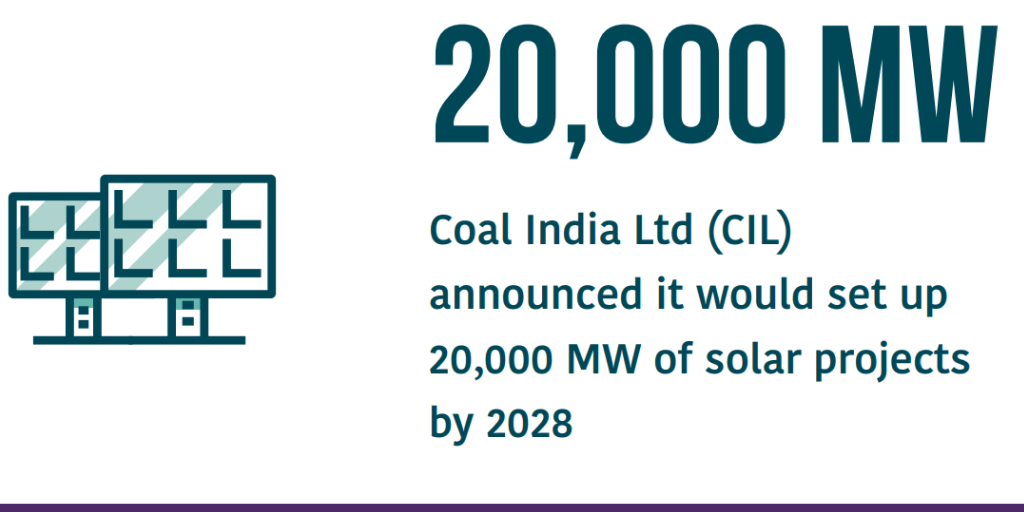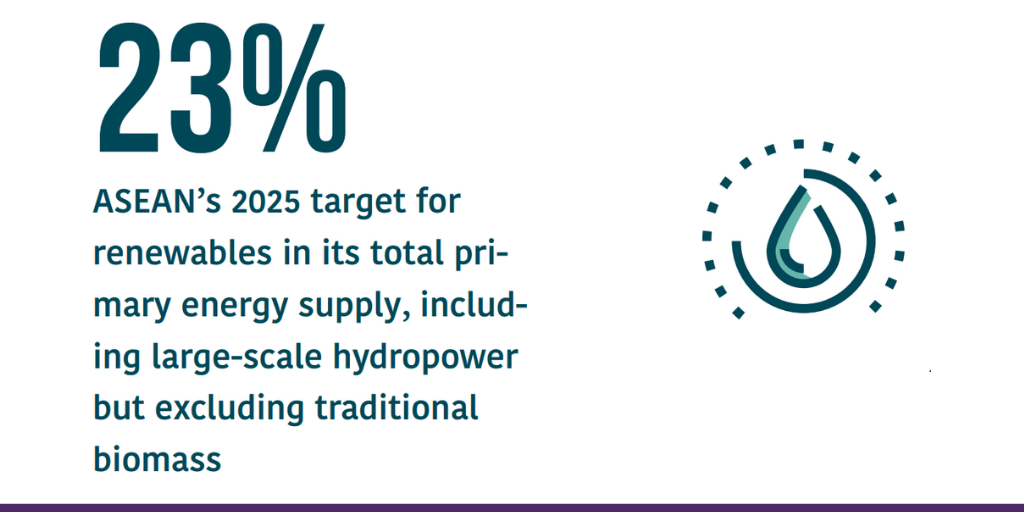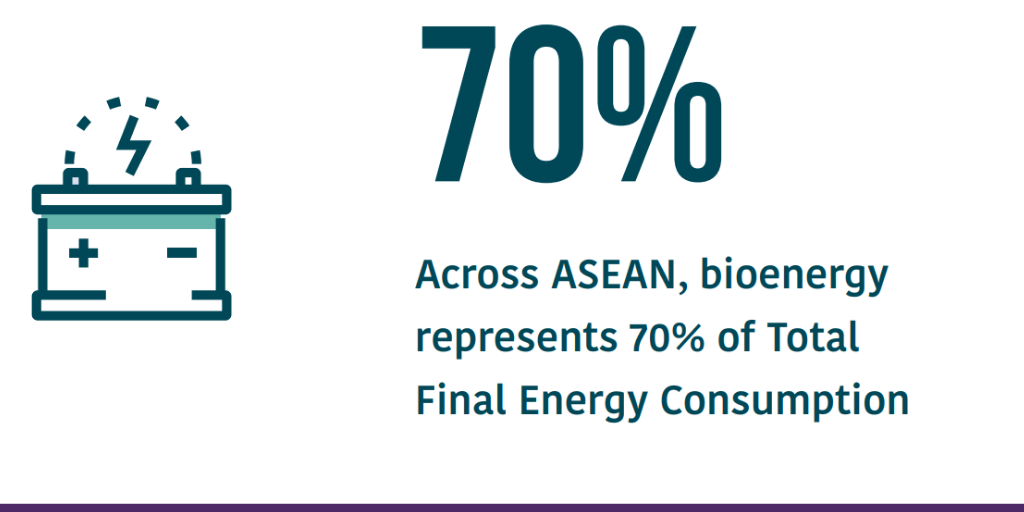Southeast Asia may soon have to begin replacing its existing thermal capacity with renewables, before its fossil-fuel habit plunges future generations into a morass of resource scarcities, higher imports, pollution, and poverty.
India has been an early starter in the deployment of renewable energy sources (RES). In fiscal 2017, for the first time ever, it added twice as much renewable generating capacity to its national total as it did coal-fired. However, the ASEAN bloc, which comprises ten countries at various levels of economic development, has still to develop this sector, generally considered the “next big thing” in global energy supply.
In theory, governments across ASEAN are aware that the long-term benefits of accelerated renewables uptake would greatly outweigh costs. Some member states, in fact, have good track records in the sector. Nearly all have set national renewable energy targets, and virtually all have agreed to aim for a joint target of a 23% renewables share in ASEAN’s primary energy supply by 2025.
However, putting political commitments into practice isn’t so easy. Fossil fuels are readily available and their use is traditional and supported by powerful lobbies, while renewables are suffering from awkward diversity, inherent unreliability, and regulatory setbacks.
Coal India LTD (CIL) Forthcoming solar projects
Though home to Coal India Ltd (CIL), the world’s largest coal-mining firm, India has been an eager importer of Chinese coal. That’s bad news for Indian coal-miners. But it’s a quite predictable result of poor coal quality, unexplored deposits, and administrative and logistical issues that plague timely coal supply. Indonesian coal is generally considered to have high ash content, suggesting that, whenever cheap and higher-quality Chinese coal hits the markets, large quantities of Indonesian coal will be left for domestic consumption.
Having apparently caught onto coal’s gradual descent into obsolescence, CIL
has announced plans to set up 20 GW worth of solar projects by 2028, while also investing in coal-to-methanol and coal gasification facilities.

A complicated future
Although they are an obvious way to reduce carbon footprints and ensure sustainability, renewables seem to be in for a tough battle against the fossil-fuel status quo. What complicates matters further is that, despite the pan-ASEAN renewable commitments, renewables are a varied group and their mix has to reflect national idiosyncrasies. For example, ASEAN’s 2025 target of 23% renewables in its total primary energy supply includes large-scale hydropower but excludes traditional biomass, which has for many years been the fuel of choice, for both heating and cooling, of the “CLMV” countries (Cambodia, Lao PDR, Myanmar, and Vietnam).

Current ASEAN bio-energy consumption
Across ASEAN, bio-energy represents close to 70% of Total Final Energy Consumption (TFEC), with the proportion highest in Indonesia, Myanmar, the Philippines, and Vietnam. However, with a view to enhancing the standard of living, this hazardous renewable is being increasingly ousted by piped LPG, a low-carbon fossil fuel, as governments are pushing to increase the population’s access to efficient cookstoves and modern cooking fuels.
Thus, bio-energy is moving away from the home to become – alongside solar, wind, and geothermal – a common renewable energy application for industry.

You can access and read the full passage on Renewables in South East Asia by downloading the Foresight Report 2019.
.png?width=160&name=ceic-logo-Vector%20logo%20no%20tagline%20(002).png)

